New technology works best when everyone commits to it — 2020 is the year everyone is committing to 5G connectivity. A ton of support from carriers and smartphone companies is going to flood the market with 5G-capable phones this year. 5G isn't everywhere (yet), but if you live in a place with a 5G network, these are the best 5G phones you can buy — starting with our top pick, the Galaxy S20+.
Best Overall: Samsung Galaxy S20+
You used to have to buy a specific Galaxy S model that had 5G, but now with the S20 series every phone has 5G, so our top 5G recommendation is the same as our overall recommedation: the Galaxy S20+. The S20+ is a great all-around phone, with a display that has a super-smooth 120Hz refresh rate, a large 4500mAh battery, tons of RAM, and a new Snapdragon 865 processor.
Samsung made big moves this year with its cameras, which were a weak spot in the last generation. The new sensors are all larger, letting in more light and taking dramatically better low-light photos. It's not quite on the level of the Pixel 4 XL, but this is a big step up for Samsung and is no longer a shortcoming. You also get capable zooming up to 5X, while keeping an ultra-wide camera for more shooting variety.
The Galaxy S20+ supports 5G on all U.S. carriers, both Sub-6 and mmWave, even when you buy the unlocked model.
Pros:
- Best-in-class display
- Good battery life
- Exceptional performance
- Great all-around cameras
- 5G for all carriers
Cons:
- Expensive for 128GB of storage
- Camera zoom much weaker than S20 Ultra
- Slow fingerprint sensor
- No headphone jack
Best Overall
Samsung Galaxy S20+
Samsung's excellent all-rounder has 5G and few compromises.
The S20+ has a great screen, top-end specs, a strong array of cameras and feature-packed software. And you get 5G on any carrier.
Upgrade Pick: Samsung Galaxy S20 Ultra
As you'd expect from the name, the Galaxy S20 Ultra takes a step up from the S20+. It runs on all of the same specs and offers the same core capabilities, but has an even larger display at 6.9 inches and a matching larger battery at 5000mAh. That gives you just a bit more room to see and do everything, with about 10% longer battery life in the process.
The Ultra also uses that extra space (and cost) to give you better cameras, with a 108MP main camera that's capable of taking even brighter photos, and a telephoto camera that can reach out and grab great shots up to 10X — and decent ones at 15X. The trade-offs for these extra capabilities are overall size and price. The S20 Ultra is huge, and almost 20% heavier than the S20+; it's also notably more expensive, which is tough to handle when the S20+ is already spendy.
It's great that you can choose between the S20+ and S20 Ultra based on their core merits and prices with no difference in 5G connectivity, though. Choose the right phone for you, and you can get the latest networking in either case.
Pros:
- Massive high-quality screen
- Huge battery
- Super-sharp main camera shots
- Solid zoom camera up to 15X
- 5G connectivity for all carriers
Cons:
- Great battery limited to 60Hz mode
- Necessarily big and heavy
- Slow fingerprint sensor
- No headphone jack
- 30X+ zoom is a gimmick
Upgrade Pick
Samsung Galaxy S20 Ultra
Samsung goes all-out with the biggest battery, screen and cameras for the Ultra.
A notch above the S20+ — all of the same qualities, but with an even bigger screen and battery, plus improved cameras.
Best For Less on T-Mobile: OnePlus 7T Pro 5G McLaren Edition
The OnePlus 7T Pro McLaren Edition is a bit of a superfluous upsell over the standard 7 Pro or 7T Pro, but on T-Mobile it's less expensive than the Galaxy S20 but sized more like the Galaxy S20+. The 7T Pro 5G McLaren Edition has really nice hardware with incredible specs inside, a smooth 90Hz display and exceptional software and performance. Its cameras are a downside compared to the flagship competition, but once again this phone gets you into 5G on T-Mobile for less than other phones.
Pros:
- More affordable 5G connectivity
- Incredible performance
- Smooth 90Hz display
- Simple and fast software
Cons:
- Weaker cameras than other flagships
- No water resistance rating
- No wireless charging
Best For Less on T-Mobile
OnePlus 7T Pro 5G McLaren Edition
A great phone, but one that has questionable value at this price.
OnePlus software continues to be excellent, and the hardware and specs you get are top-notch. And for some extra money, you get 5G.
Best For Less on Sprint: OnePlus 7 Pro 5G
Sprint offers the Galaxy S20 lineup, but when the cheapest option in that range is $1000 it can give you a bit of sticker shock. If you want to have 5G but save a little on the up-front phone cost, there's one option for you: the OnePlus 7 Pro 5G.
Just like the OnePlus 7T Pro 5G on T-Mobile, once again you're getting solid hardware, with incredible specs and software performance for less than the top-tier 5G phones. The cameras aren't going to blow you away, and it's missing bonuses like water resistance and wireless charging, but in this case it feels worth it for the money.
Pros:
- Great price for a 5G phone
- Strong battery life
- Super-smooth 90Hz display
- Simple and fast software
Cons:
- Weaker cameras than other flagships
- No water resistance rating
- No wireless charging
Save Money on Sprint
OnePlus 7 Pro 5G
The cheapest entry into the 5G world on Sprint.
The OnePlus 7 Pro is a great phone in its own right, and it also happens to be the cheapest choice for getting 5G on Sprint.
Best Compact Choice: Samsung Galaxy S20
With all three of its latest phones sporting 5G, yes Samsung has three spots on this list. The Galaxy S20 is the smallest of the bunch, and while we wouldn't normally consider it "compact" in a general sense, it's the smallest 5G flagship phone out there right now. And we know some people prefer smaller phones.
Its 6.2-inch screen isn't particularly big by modern standards, but it absolutely gets the job done. And underneath, you get all of the exact same specs, features and capabilities of the larger Galaxy S20+. The only drop-off is in the battery, which at 4000mAh is 11% smaller than the S20+ and could lead to some battery life concerns if you use your phone heavily.
The only other shortcoming is in what types of 5G the S20 supports. Right now, the only S20 available supports just Sub-6 5G, and not mmWave. That means when you use it on Verizon, it will just be a 4G phone. And on AT&T, you'll see 5G far less often. On T-Mobile, you'll get access to its widespread Sub-6 5G but not the pockets of its faster mmWave 5G. On Sprint, not much changes, since it's primarily focused on Sub-6 5G as well.
Pros:
- Smallest 5G phone out today
- Amazing display quality
- Exceptional performance
- Great all-around cameras
Cons:
- Sub-6 only, no mmWave
- Camera zoom only good up to 5X
- Slow fingerprint sensor
- Weaker battery life
Best Compact Choice
Samsung Galaxy S20
A relatively compact high-end flagship that still offers 5G — even if it's Sub-6 only.
The S20 brings all of the same core specs and features of the higher models, in a smaller size, with just Sub-6 5G.
These are premium phones for enthusiasts
5G coverage is growing, but it isn't yet to the point where we can unequivocally recommend that you have to get a 5G phone. At the same time, 5G phones are pretty darn expensive, even as they start to enter the mainstream. That means we're still at the lower point in the adoption curve where these 5G phones are for enthusiasts who want to have the latest and greatest — and are willing to spend extra for it.
For those who want to get to the best network speeds, the Galaxy S20+ is a clear winner — because it's just a great overall phone that happens to have 5G connectivity. You don't choose the Galaxy S20+ because it has 5G, but because of its great hardware, display, specs and cameras. Having 5G for now — and more importantly for a year from now — is just a great side benefit.
Credits — The team that worked on this guide
![]()
Samuel Contreras is a writer covering networking and 5G at Mobile Nations. He spends most of his time researching computer components and obsessing over what CPU goes into the ultimate Windows 98 computer. It's the Pentium 3.
![]()
Andrew Martonik is the Executive Editor, U.S. at Android Central. He has been a mobile enthusiast since the Windows Mobile days, and covering all things Android-related with a unique perspective at AC since 2012. For suggestions and updates, you can reach him at andrew.martonik@androidcentral.com or on Twitter at @andrewmartonik.
from Android Central - Android Forums, News, Reviews, Help and Android Wallpapers https://ift.tt/2ZWvDxG
via IFTTT


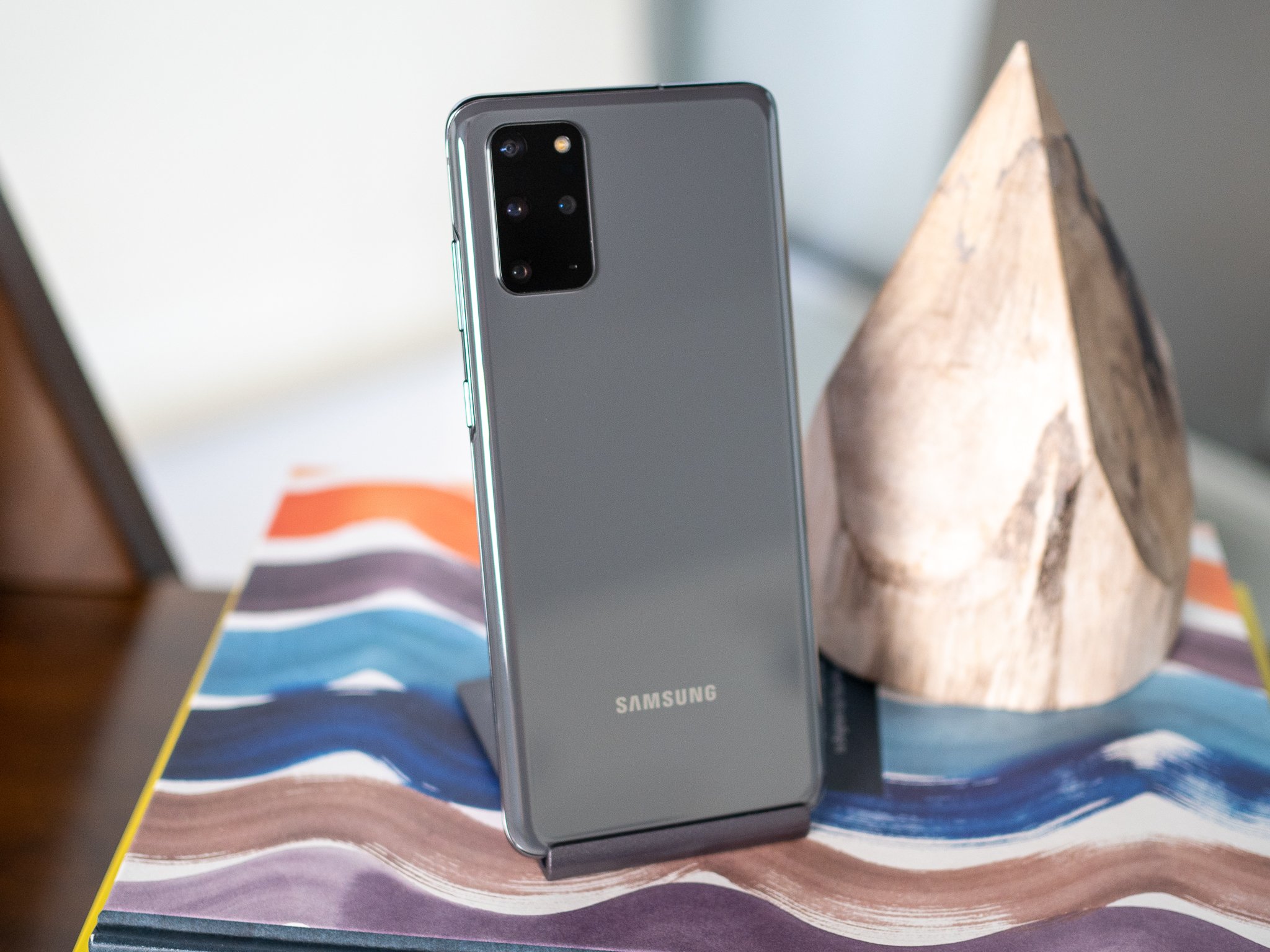
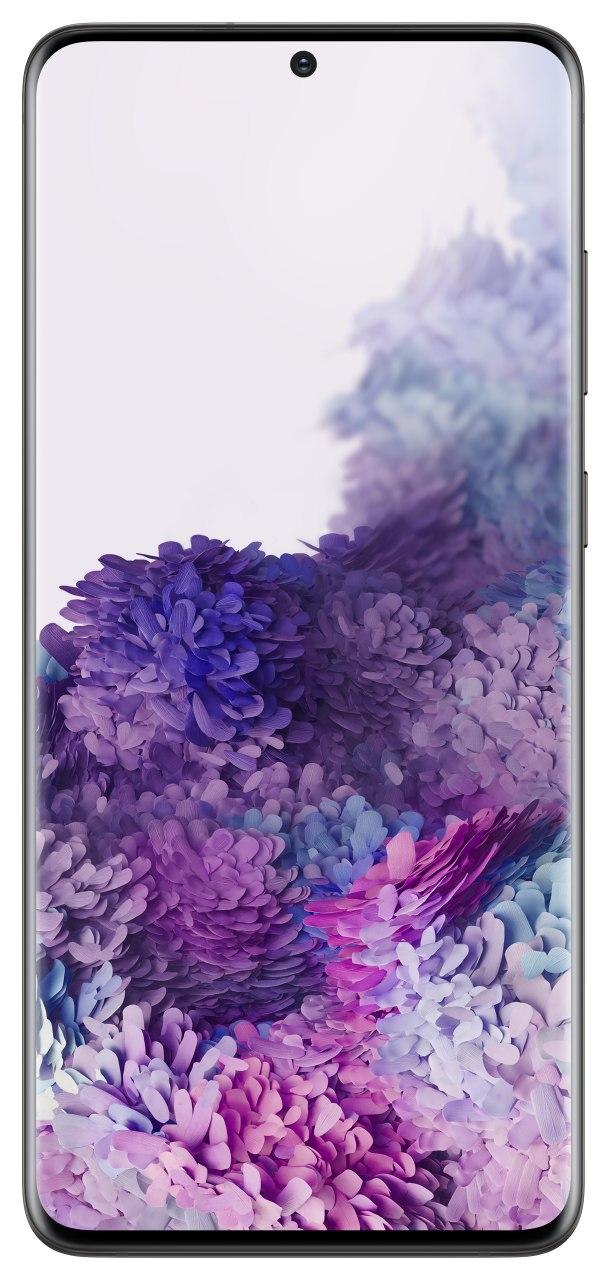

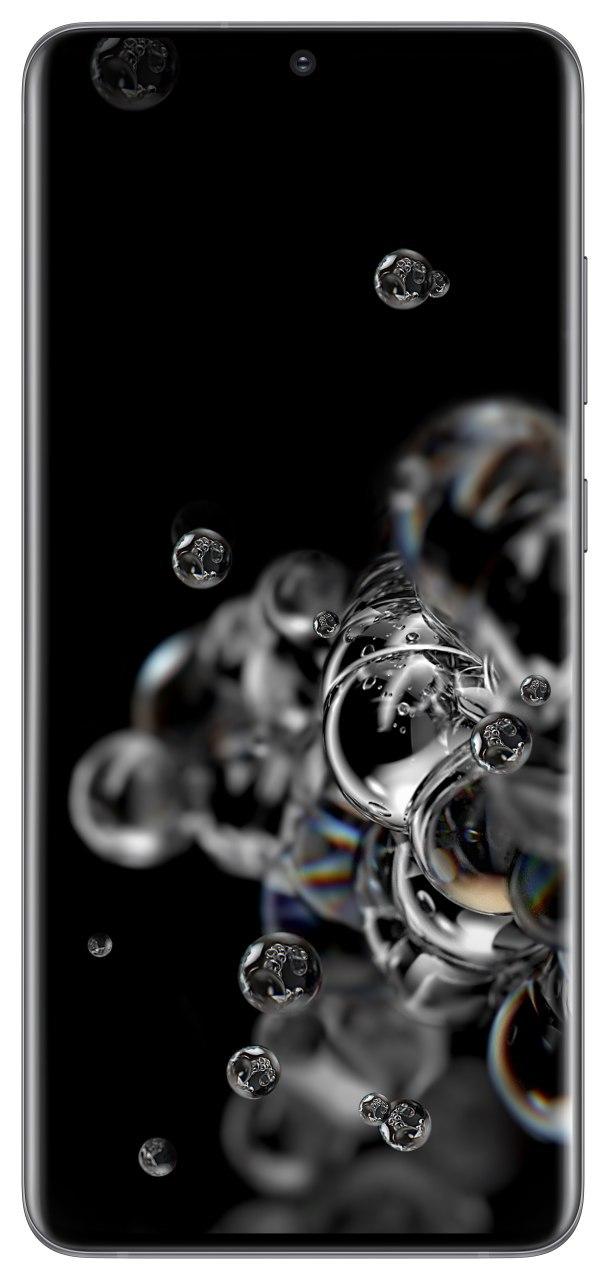

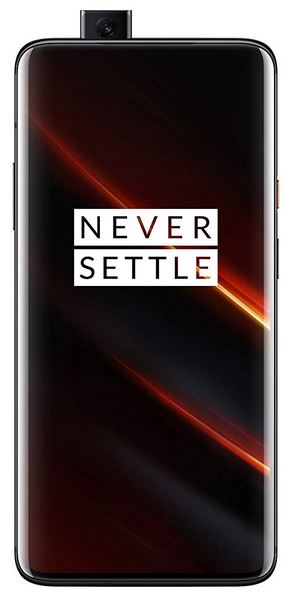
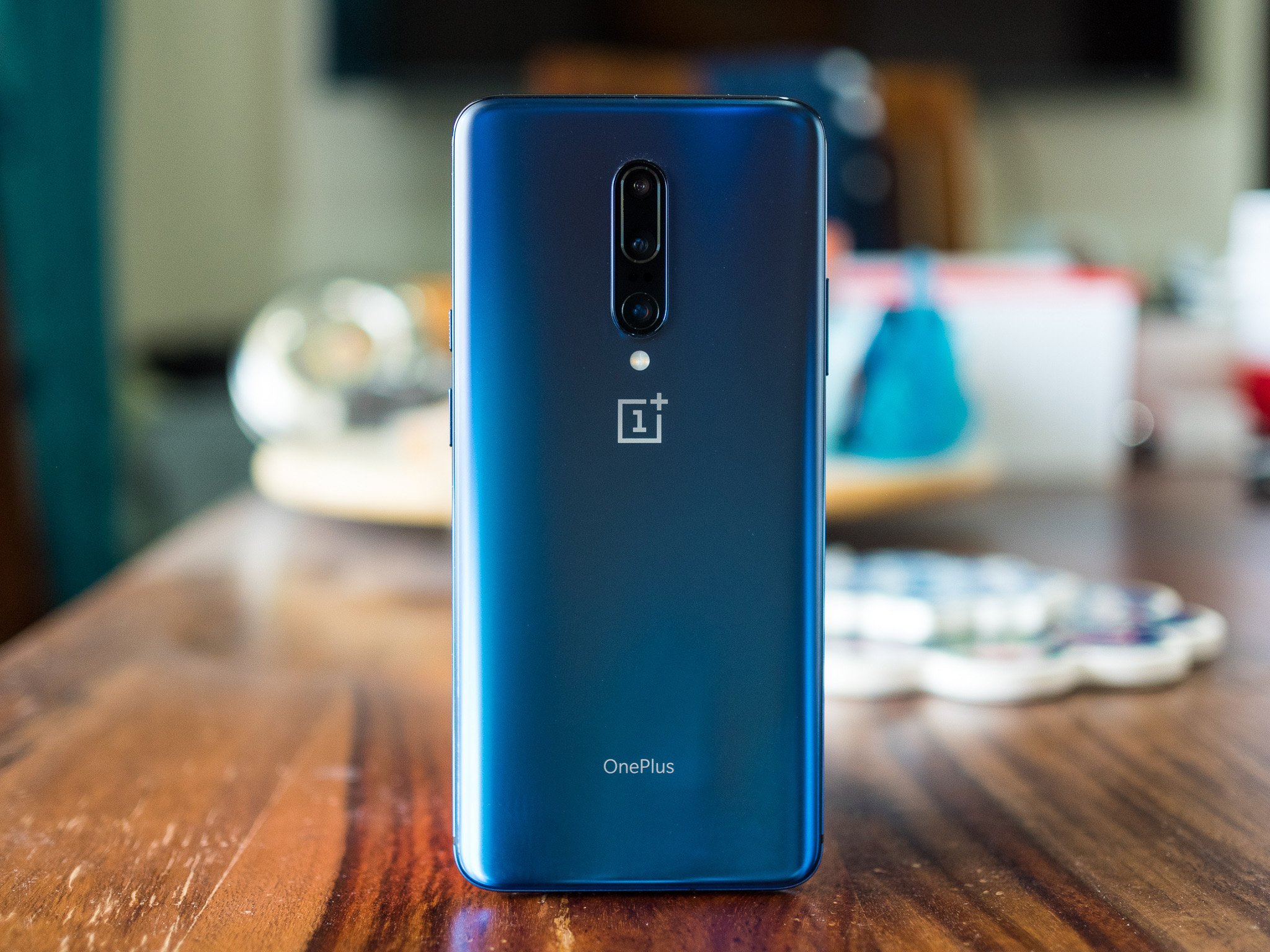

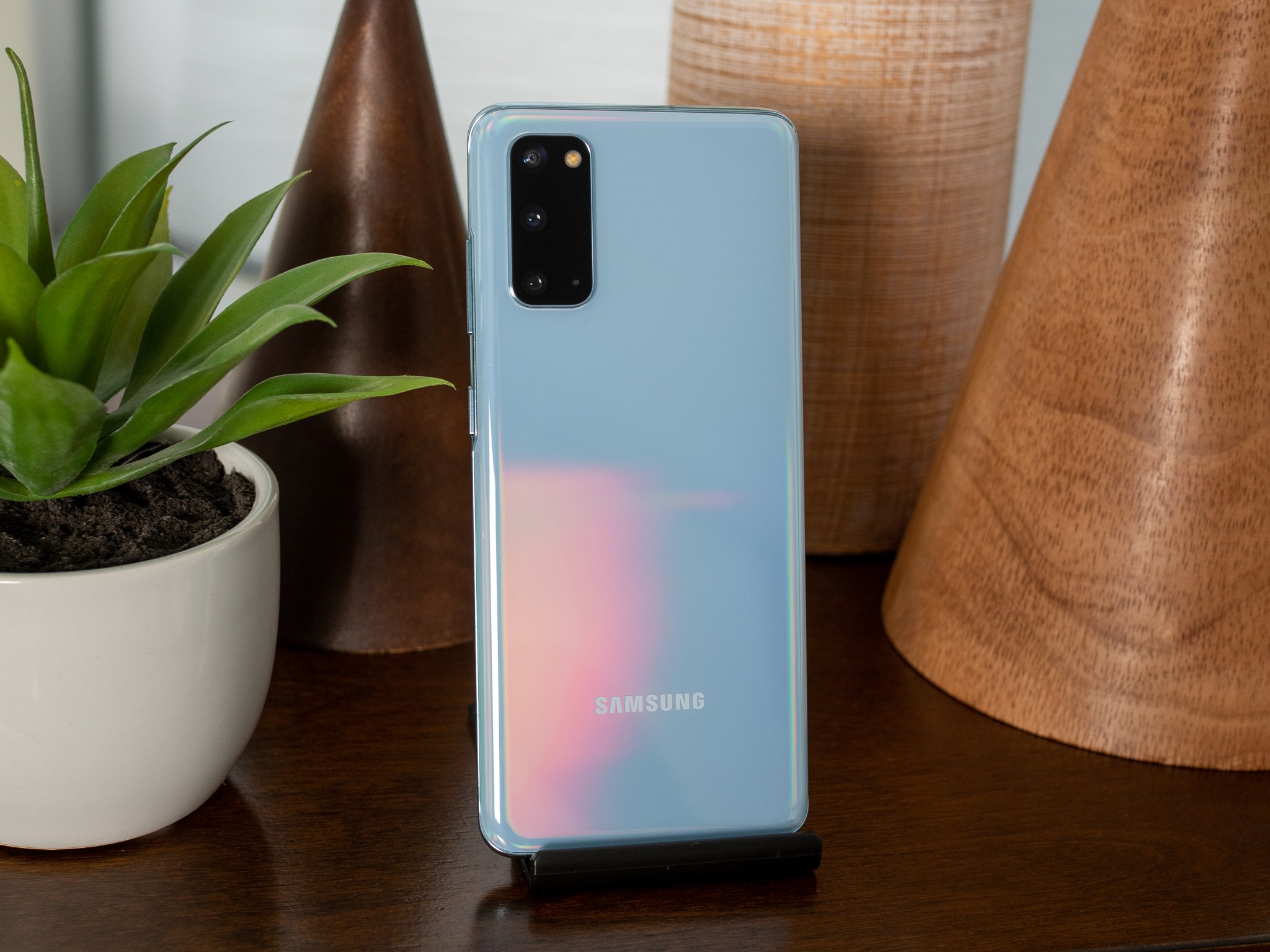

Aucun commentaire:
Enregistrer un commentaire